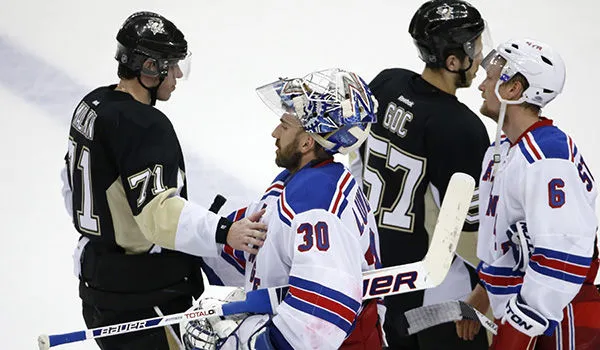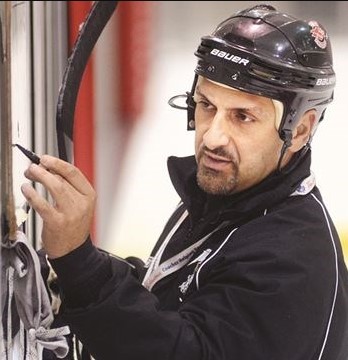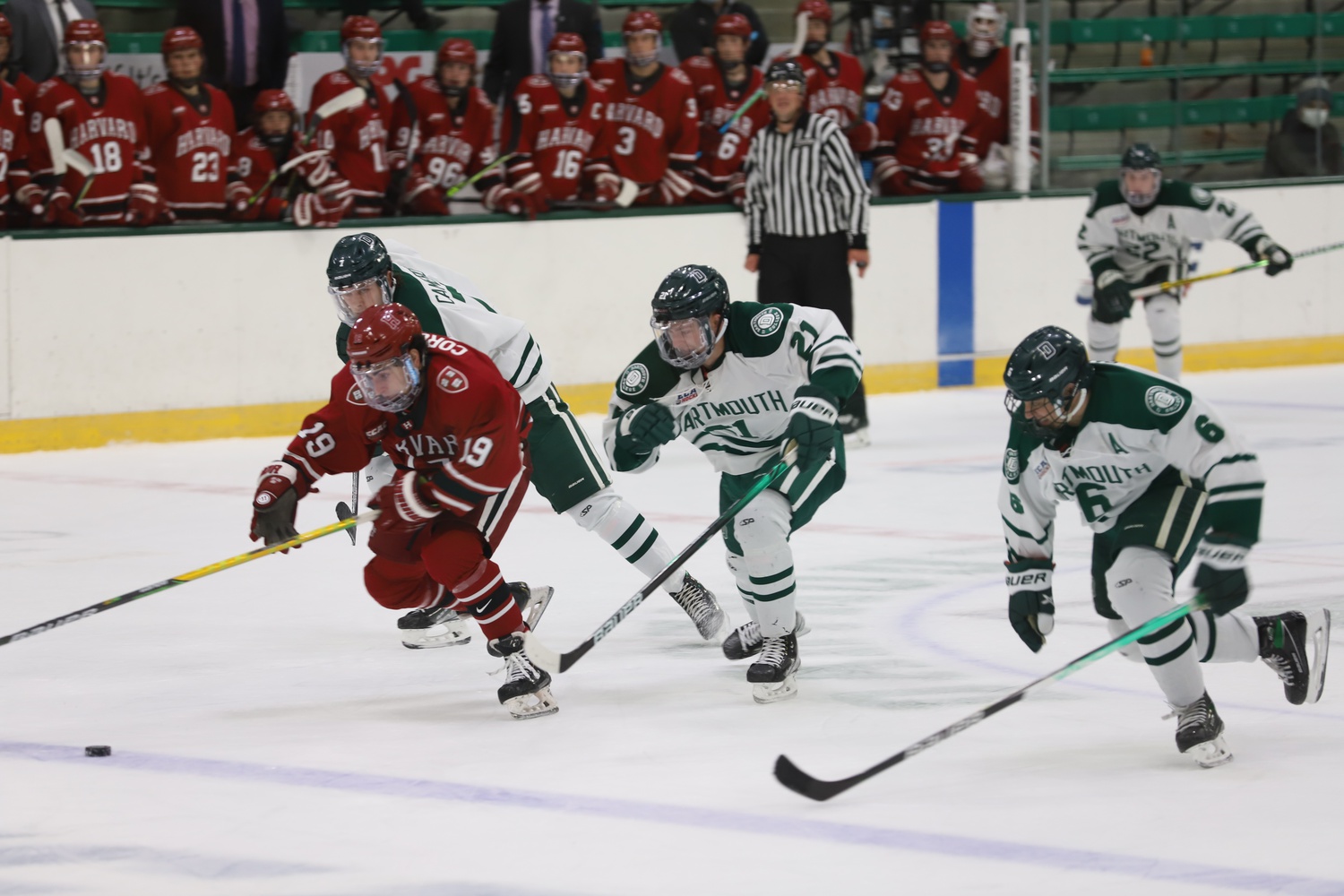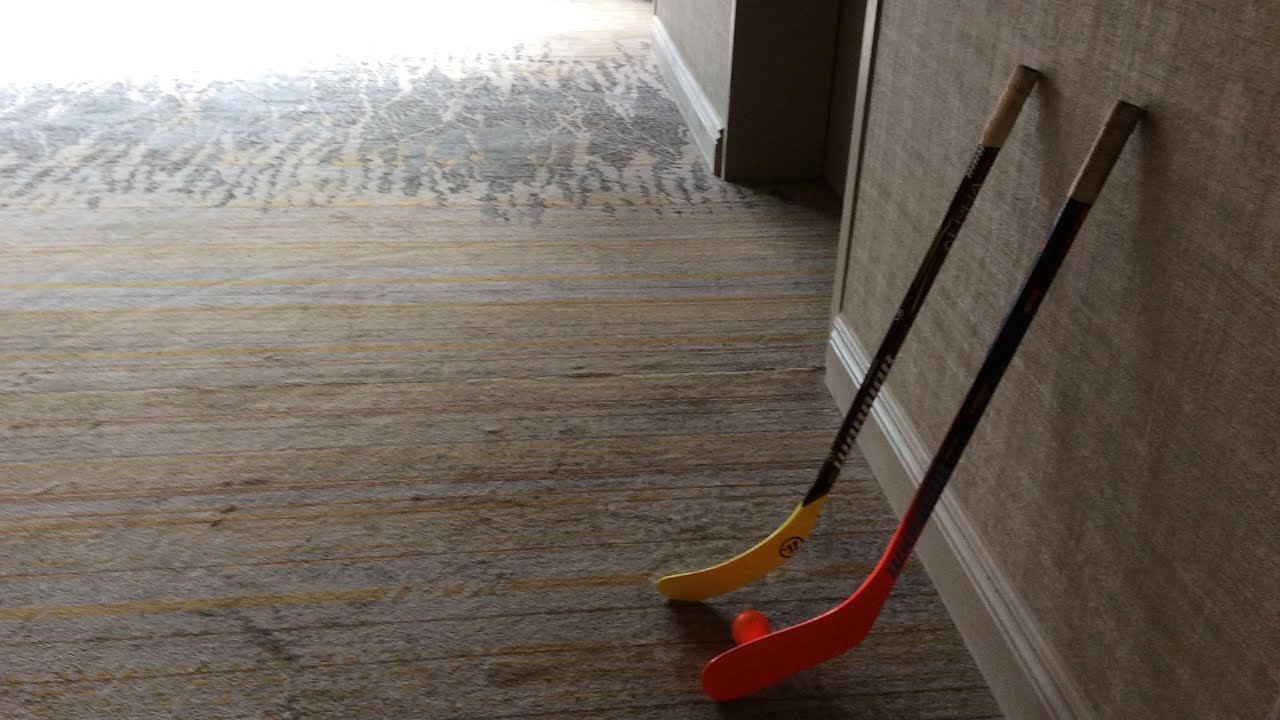As an experienced junior hockey player, I learned first-hand the importance of accountability. Every week, we would have a Kangaroo Court which allowed us to hold each other accountable for our actions, both on and off the ice. Through this experience, I gained insight into the art of accountability and want to share these lessons with others. In this blog post, I will explore the valuable lessons I learned from participating in a junior hockey Kangaroo Court.
Continue reading “The Art of Accountability: Lessons Learned from a Junior Hockey Kangaroo Court”Maximizing Offense by Triggering Your Weakside D-Men
In the modern game of hockey, players are bigger, stronger, and faster than ever before. This means that creating time and space on the ice is more important than ever. To maximize offensive production, it is important to understand how to use your weakside D-men to create time and space. By moving the puck from the weak side of the ice to the strong side in the offensive zone, you can trigger and engage your weakside D-men to help create more space for your offense. In this blog post, we will explore how to maximize offense by triggering your weakside D-men.
Continue reading “Maximizing Offense by Triggering Your Weakside D-Men”More than a Gesture: The Importance of Hand Shakes in Sportsmanship and Hockey Culture
Hockey has long been a sport of honor and respect, and the handshake has been a symbol of that for decades. After every hockey game, players line up and shake hands, but what does this gesture really mean? Beyond just a friendly gesture, the handshake has a deep significance in sportsmanship and hockey culture. It is an important part of the game and a tradition that should be passed down from generation to generation so that young hockey players understand the importance of respect for their opponents. In this blog post, we will explore the history and importance of the handshake and how it reinforces the values of sportsmanship.
Continue reading “More than a Gesture: The Importance of Hand Shakes in Sportsmanship and Hockey Culture”Why I Demo Drills: The Impact of Coaching Style on Youth Players
As a youth hockey coach, setting the right tone in practice is essential for getting the most out of your players. One of the ways I achieve this is by demonstrating drills at a high intensity. By doing this, I’m showing my U13 players what kind of pace I expect them to execute the drill. It’s an effective way of communicating my coaching style and making the most of practice time. In this blog post, I’ll discuss the impact of my drill demo technique and the importance of having a consistent coaching style when working with young players.
Continue reading “Why I Demo Drills: The Impact of Coaching Style on Youth Players”It’s Not About You: How Inappropriate Celebrations Diminish Your Team’s Victory
It’s hard to ignore the sight of disrespectful and shameful celebrations after goals being scored in sports games today. These individualized celebrations are becoming increasingly popular and creating a sideshow that takes away from the game, but it is important to realize that they are not only disrespectful to the opponent, but they also undermine the victory of the team. In this blog post, we’ll explore how inappropriate celebrations diminish a team’s victory and why it’s not about the individual in sports.
Continue reading “It’s Not About You: How Inappropriate Celebrations Diminish Your Team’s Victory”How to Turn the Car Ride Home into a Positive Experience for Your Child
After a game or practice, the ride home in the car can be a stressful time for both parents and children. However, it is possible to make it a positive experience by using the power of positive reinforcement. By providing your child with encouraging words and meaningful conversations during the ride home, you can ensure that your child feels supported and valued. This article will provide you with tips on how to turn the ride home into a positive experience for your child through positive reinforcement.
Continue reading “How to Turn the Car Ride Home into a Positive Experience for Your Child”Are You Working with the Wrong Coach? Transactional vs. Transitional
Are you working with the wrong coach? Choosing between a transactional coach and a transitional coach could have a huge impact on your life. It is important to understand the differences between the two in order to make an informed decision about which coach is best for your goals. A transactional coach is focused on their own interests and often views coaching as a means to gain experience and benefit themselves. On the other hand, a transitional coach is invested in your success and looks to help and serve their players to become better overall. In this blog post, we will discuss the differences between transactional and transitional coaching to help you determine which type of coach is right for you.
Continue reading “Are You Working with the Wrong Coach? Transactional vs. Transitional”Maximizing odd man rushes: how proper positioning can lead to scoring opportunities
One of the most important strategies to maximize scoring opportunities is to ensure proper positioning during an odd man rush. When the puck carrier enters the offensive zone, it’s important to remember the old adage: the puck carrier should go wide, the middle laine drive should go to the net, and the F3 should stay high for a quick pass and shot. With this strategy in mind, it’s easy to see how the middle laine drive can be key to creating odd man rushes, as it requires energy and understanding from youth players. With these simple rules of positioning, coaches and players can unlock the potential of an odd man rush and maximize scoring opportunities.
Continue reading “Maximizing odd man rushes: how proper positioning can lead to scoring opportunities”No Parents, No Problem: How Finland’s Hockey Approach Sets a Positive Example
It’s no secret that the competitive spirit and high stakes of youth sports can lead to a toxic environment for young athletes, and parents are often at the heart of this problem. But in Finland, hockey is handled differently; parents are not allowed to watch their children play, breaking the cycle of toxicity that often surrounds youth sports. This approach is a prime example of how sports can be positive and beneficial for children without having to succumb to the pressure and drama of a competitive environment. In this blog post, we’ll explore how Finland’s hockey approach sets a positive example and how we can learn from it.
Continue reading “No Parents, No Problem: How Finland’s Hockey Approach Sets a Positive Example”Ice Time or Social Time: Weighing the Pros and Cons of Overnight Hockey Tournaments
For hockey teams, overnight tournaments can be a great way to develop team culture and build camaraderie. However, it is important for coaches and managers to consider the potential costs and weigh the pros and cons before committing to one. In this blog post, we will discuss the benefits and drawbacks of hockey tournaments that require an overnight stay and help you decide if they are worth the cost and effort.
Continue reading “Ice Time or Social Time: Weighing the Pros and Cons of Overnight Hockey Tournaments”









